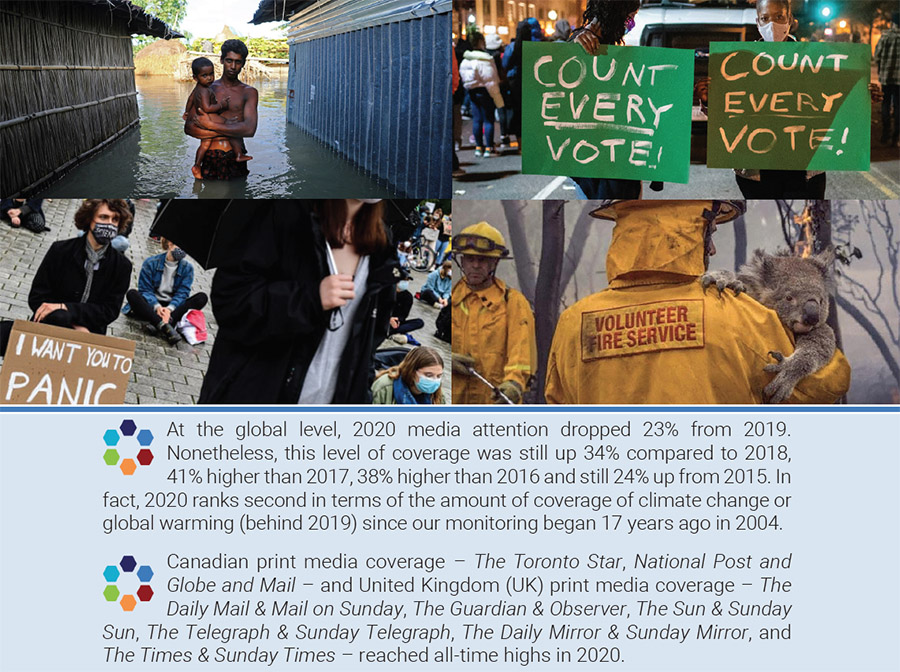The shareholder registers of oil companies these days resemble a pack of gerbils fighting under a blanket. There are those who want the companies to cut oil and gas production targets and to do it yesterday, those who want to make as much money as possible right now, and everything in between.
BP’s annual general meeting this Thursday will provide a handy illustration of this phenomenon — and of the pitfalls companies can encounter when trying to steer an uncertain course.
Some British pension funds, led by Nest, are set to vote against the reappointment of chair Helge Lund. These groups, which don’t own many shares in BP but manage the assets of a lot of people, disapprove of the company’s decision to row back on its climate targets. They don’t believe the new targets are appropriate, and are concerned that BP did not put them to a shareholder vote.
Separately, Dutch climate group Follow This has filed a shareholder resolution asking BP to commit to “Paris aligned” 2030 targets. While the lines are blurred, Follow This are activists, rather than investors, who crowdfund to buy a few shares and get a resolution on the slate. That doesn’t make them insignificant, though. Their similar resolutions got more than 20 per cent of the vote in 2021, and 14.5 per cent in 2022.
These rebellious shareholders raise two big questions for oil groups. The first is about how ambitious their climate targets should be. And the second is about who should be responsible for taking this decision.
It is hard not to have some sympathy for the activists at BP. While there is no clear “Paris aligned” pathway to 2050 for the oil sector, experts agree that overall emissions need to be cut by some 45 per cent by 2030. BP might argue that its climate targets are collectively Paris compliant. But its new intermediate target — for a 25 per cent production cut by 2030 — is clearly less Paris-friendly than its old one, which was for a 40 per cent cut.
That said, it isn’t like BP is doing nothing. A 25 per cent production cut is still best in class. On top of that, it has upped investment in renewables, and remains committed to net zero by 2050. Moreover, BP’s stock rose nearly 20 per cent after it watered down environmental targets, suggesting that not everyone believes being “Paris aligned” is the best way for the company to create shareholder value.
There is a broader point, too. If European oil majors cut production by 40 per cent by 2030, but the global economy fails to transition fast enough, the fossil fuels required will be supplied by other oil companies, perhaps those owned by petrostates themselves. Activists might find it fruitful to accompany their requests for production cuts with some for demand curtailment, forcing oil-consuming companies to commit to biofuels and clean electricity.
BP’s AGM also raises the question of what sorts of things should be up to shareholders to decide, and what responsibilities need to stay with boards. While Norges, Norway’s sovereign fund, has not said why it is voting against Follow This, major investors tend to eschew resolutions that tie the board’s hands. A similar sort of argument can be made against Nest’s complaint. For oil companies, letting shareholders have a “say on climate” is not dissimilar to letting them have a say on strategy, which has traditionally been the remit of directors.
That said, BP has rather shot itself in the foot on this one. It invited shareholders to vote on its original climate targets last year, but didn’t put the new curtailed ones up for consultation this year.
The explanation for this apparently inconsistent behaviour appears to be that last year’s targets were not explicitly the subject of a resolution. They were enshrined in a report on climate progress, which shareholders were asked to support. As luck would have it, there is no climate report for anyone to support, or otherwise, this year.
That looks confusing, at best. As BP charts a course in these new waters and grapples with such important issues about the future of the industry, it might do well to eschew slipperiness and try for clarity and transparency instead.
Where climate change meets business, markets and politics. Explore the FT’s coverage here.
Are you curious about the FT’s environmental sustainability commitments? Find out more about our science-based targets here
BP to feel the heat over curtailed climate vow
